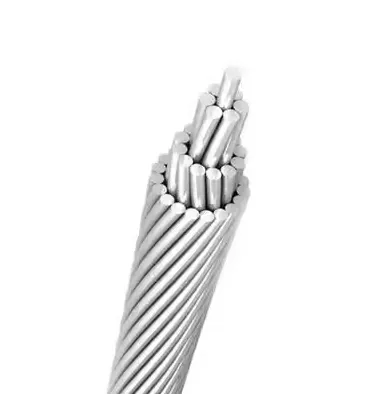Time: 2025-05-07 01:55:21 Source: Henan Province Jianyun Cable Co., Ltd.
In the realm of electrical power transmission and distribution, selecting the appropriate overhead conductor is crucial for system efficiency and reliability. Three commonly used conductors are:

Each conductor type has distinct characteristics that make it suitable for specific applications. This article provides a detailed comparison to aid in understanding their differences and appropriate usage.
AAC is composed entirely of aluminium strands, typically with a minimum purity of 99.7%. It offers excellent electrical conductivity but has relatively low tensile strength.
AAAC consists of aluminium alloy strands, usually made from the 6101 alloy, which includes magnesium and silicon. This composition enhances strength while maintaining good conductivity.
ACSR is a composite conductor featuring a steel core surrounded by aluminium strands. The steel core provides high tensile strength, allowing for longer spans and higher mechanical loads.
| Property | AAC | AAAC | ACSR |
|---|---|---|---|
| Composition | Pure Aluminium | Aluminium Alloy (6101) | Aluminium + Steel Core |
| Electrical Conductivity | Excellent | Good | Good |
| Tensile Strength | Low | Moderate | High |
| Corrosion Resistance | High | High | Moderate |
| Weight | Light | Moderate | Heavy |
| Typical Use | Urban Distribution | Rural Distribution | Long-Distance Transmission |
The selection of a conductor type depends on various factors, including span length, environmental conditions, and mechanical load requirements.
Understanding the differences between AAC, AAAC, and ACSR conductors is vital for designing efficient and reliable power transmission systems. Each conductor type offers unique advantages tailored to specific applications and environmental conditions. Proper selection ensures optimal performance and longevity of the electrical infrastructure.